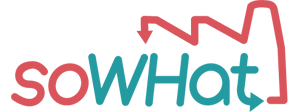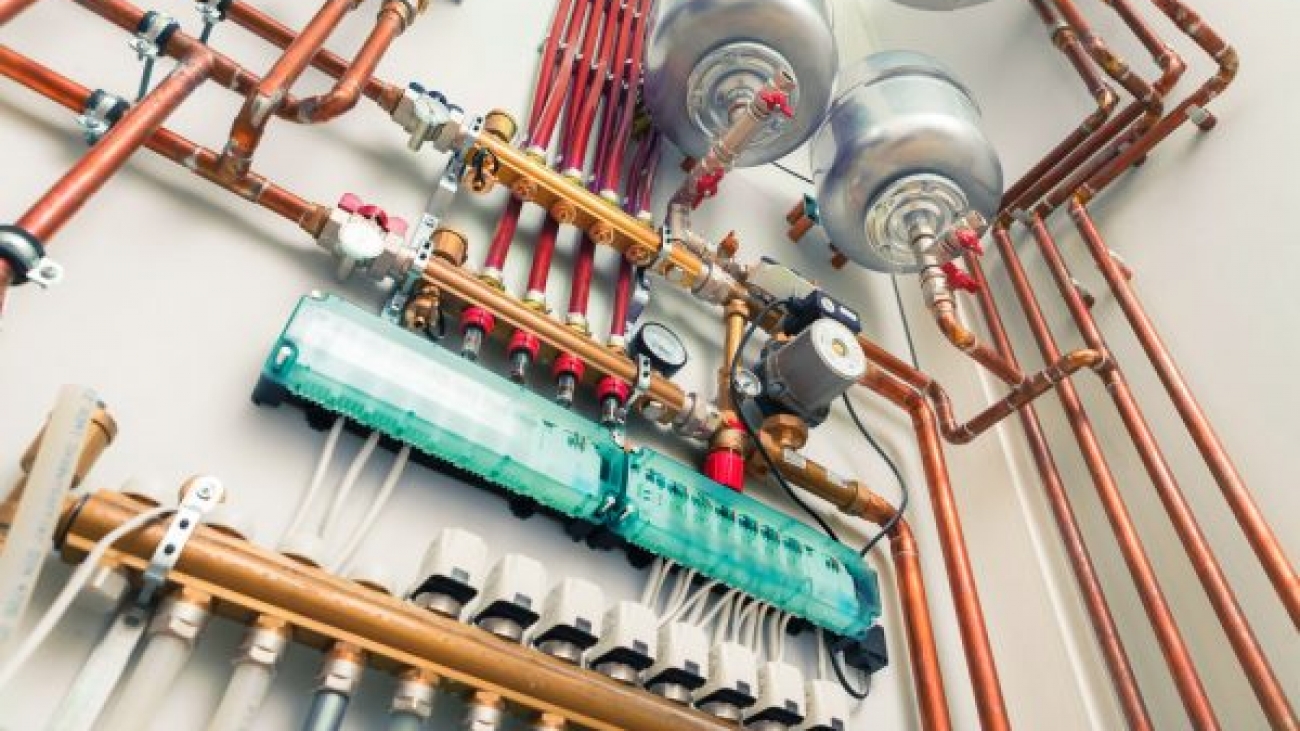The SO WHAT project (acronym for Supporting new Opportunities for Waste Heat And cold valorisation Towards EU decarbonization) main objective is to develop and demonstrate an integrated software which will support industries and energy utilities in selecting, simulating and comparing alternative Waste Heat and Waste Cold (WH/C) exploitation technologies that could cost-effectively balance the local forecasted Heat&Cold demand also via renewable energy sources (RES) integration.
The SO WHAT integrated tool will be designed to support industries, and energy utilities in:
1) auditing the industrial process to understand where WH/WC could be valorised
2) mapping the potential of locally available RES sources to be integrated with WH/WC potential
3) mapping the local forecasted demand for heating and cooling
4) define and simulate alternative cost-effective scenarios based on WH/WC technologies also leveraging TES introduction
5) evaluate the impacts (in terms of energetic, economic and environmental KPIs) that the adoption of the new scenarios will generate against the current situation (i.e., baseline) both at industrial and local level
6) promoting innovative contractual arrangements and financing models to guarantee economically viable solutions and less risky investments.
To do so SO WHAT will capitalize already existing tool and knowledge from previous research experiences (REEMAIN, PLANHEAT, REUSEHEAT, CELSIUS…) and the expertise of 11 industrial validation sites from different REII/ non-REII sectors (petrochemical, chemical, metallurgic, food etc.) that will be involved in
the project to validate the tool and provide relevant insights for its development. SOWHAT tool will be built indeed following a participatory approach involving both National clusters from Spain, Portugal, Belgium, Sweden, Romania (composed by local industries, public authorities/energy agencies, energy utilities/ESCOs) and external stakeholder since the very beginning of the development in order to have a wide, clear and structured promotion of WH/C also thanks to a robust training campaign and policy oriented dissemination actions.
The So What consortium is formed by 20 partners coming from 9 different European countries.


